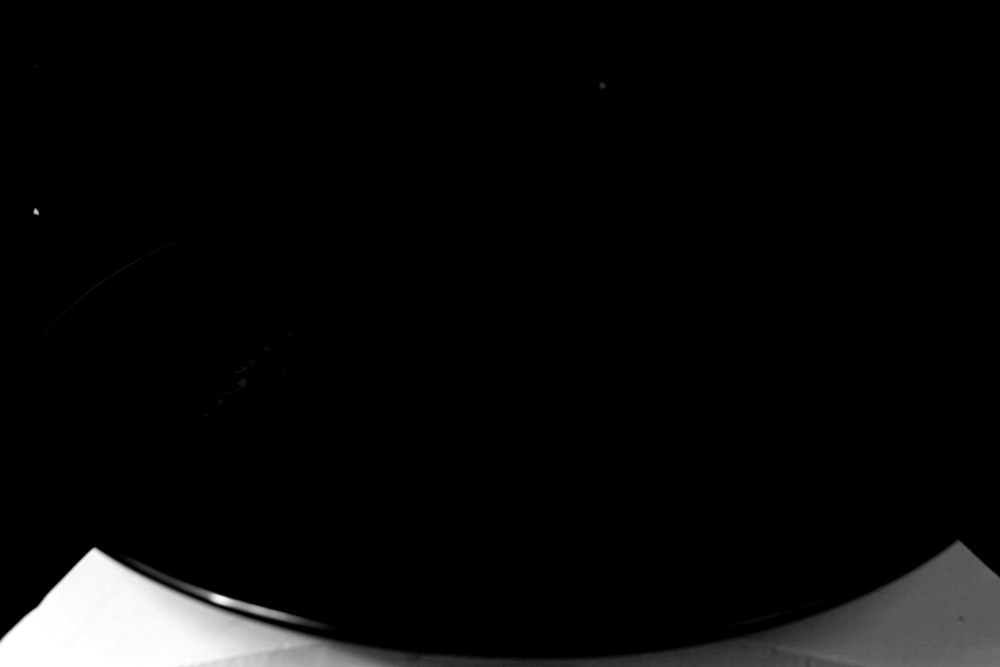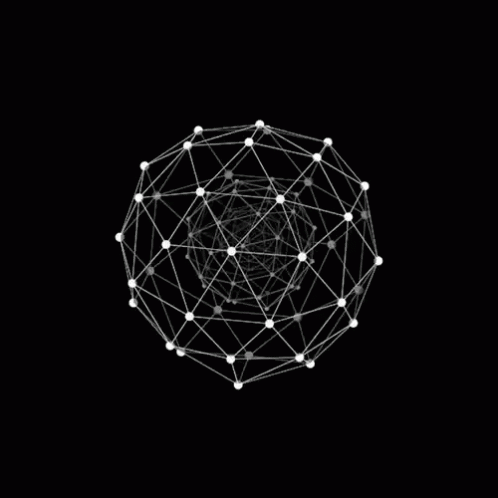
This research was part of the minor Makerslab I followed at AUAS in 2020.
<aside> ☯ Showcase the contrast of two opposing material properties using sheet material and a lasercutter. Fate has decided that I will be exploring the contrast between rigid and flexible materials.
</aside>
I am no stranger to this device, I've used it since my first year at CMD. For my SRP points I also taught a class at the Metis Montessori Lyceum in Amsterdam back in 2018. We taught the first year high school students how to use illustrator and designing shapes. We made keychains with the students on the laser cutter out of wood and acrylic. It was fun to use the laser cutter, but i'll probably never teach a class of 13-year-olds again.

As you can tell by my face, teaching isn't my calling.

Some of the students' designs they made in Adobe illustrator.

3 years ago, assembling one of the first boxes I made on the laser cutter.
Movement has no impact on the shape of the object.


The shape alters and moves freely when disturbed.



The individual pieces are rigid, but they behave flexible as a whole.




A middle ground: Movement may alter the overall shape, but the original formation of shapes stays the same.

I chose to use 5mm plywood, simply because I like working with it and it is easy to cut with the laser cutter. I also like that you can use many other techniques on plywood which are already well documented. I bought a 2 square meter sheet at Gamma for €5.
I used the Makerslab library cutting presets for speed and power.

I want don't want to make the final product fully flexible. Instead I want to remain some static elements. Plywood is very unlikely to ever be flexible like a fabric, so hard pieces are almost inevitable.

A chainmail is made by interlocking metal ringlets. There is no other material involved to make the otherwise stiff metal behave flexible.

NASA developed their own variation on the classic chainmail, using flat panels to close the gaps between the ringlets while maintaining the flexibility and durability of the original system.

This (very expensive) chainmail inspired skirt that consists of multiple panels connected to each other.
In chronological order of creation
5mm plywood, Hot glue, Denim (scavenged from AMFI's sample pile)

https://s3-us-west-2.amazonaws.com/secure.notion-static.com/6a102554-cf36-4129-83b7-79173f06c48e/VID_20200228_203758.mp4